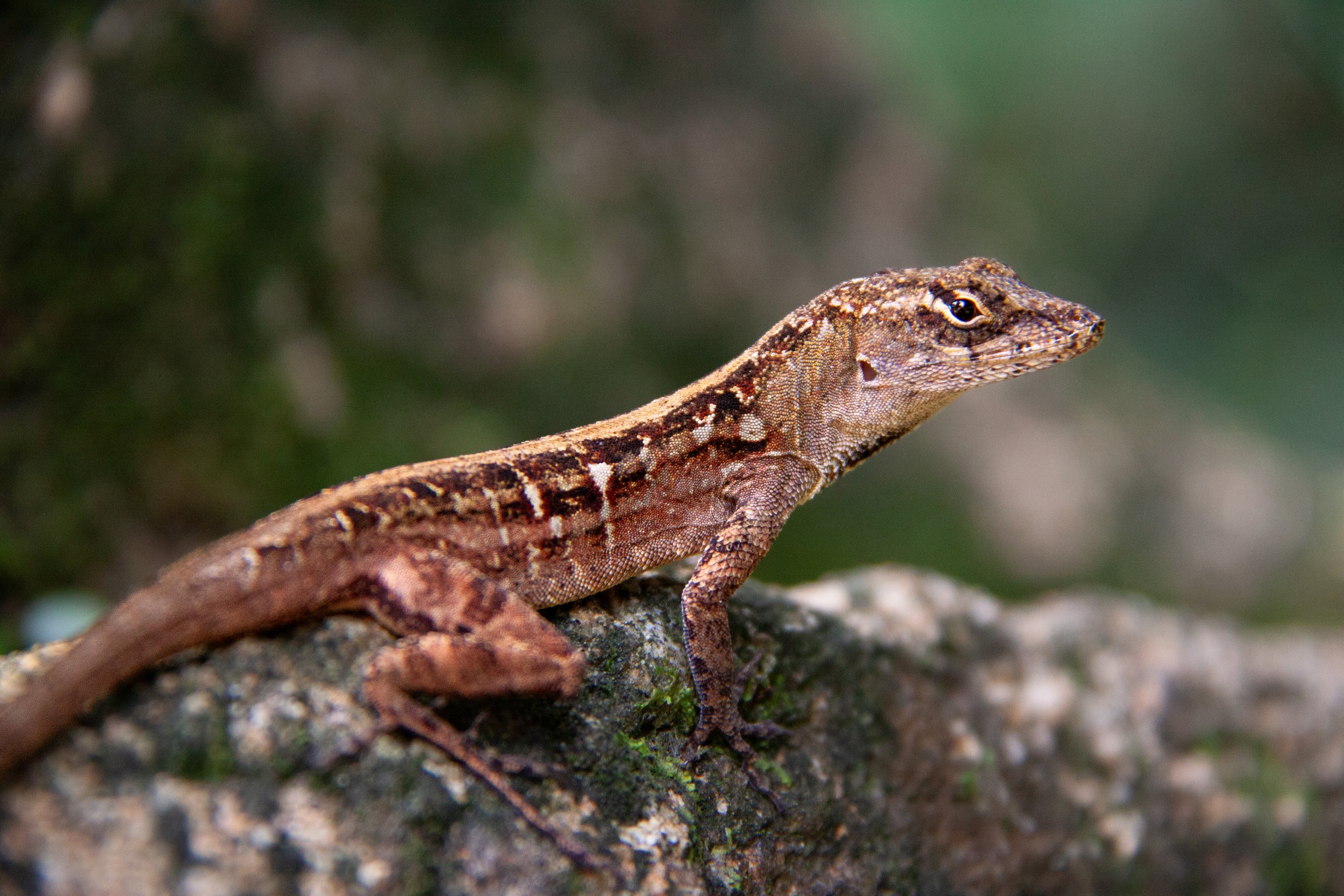Species
A collection of animal species from around the world.
*Sources for information and photos (unless they were taken by me) can be found at the bottom of each species profile.
Common Snake-necked Turtle
The common snake-necked turtle has a serpentine neck that can grow to more than half the length of its 28 cm (11 inch) long shell. It uses this neck to snatch prey underwater. When it strikes, it quickly lowers a bottom jawbone, creating a vacuum that sucks the prey into its mouth.
Snowy Sheathbill
The snowy sheathbill is an Antarctic scavenger. It eats anything it can find or pilfer; from faeces to regurgitated penguin chick food and even elephant seal milk straight from the teat. It often stands on one foot to reduce heat loss — a technique that also makes it quite clumsy.
Pancake Tortoise
The pancake tortoise's shell is uniquely flat and flexible. While this lightweight armouring doesn't offer much defence, it does make it the fastest of all tortoise species. When in danger, it will swiftly wedge itself in between rocks.
Devils Hole Pupfish
The Devils Hole pupfish is perhaps the rarest fish in the world. It lives in the desert; its entire population is found in one 33.8°C (93°F) pool — mostly on a 3.5 by 5 m (11 by 16 ft) rock shelf — inside a cave in Death Valley, Nevada.
White-tailed Tropicbird
The white-tailed tropicbird performs noisy, aerial displays — swaying its tail streamer from side to side while gliding through the sky. A male courts a mate by flying above her and touching his tail to hers, they then glide away together in synchronized zigzag flight to find a nesting spot.
Brush-tailed Phascogale
The brush-tailed phascogale is a carnivorous, tree-climbing marsupial from Australia. It is able to erect the long, black hairs on the end portion of its tail — this 'bottle-brush' tail is used to draw a predator's attention away from its body.
Finlayson's Squirrel
This arboreal squirrel is exceedingly energetic, spending upwards of 75% to 96% of its time being active. Most of this time is devoted to foraging; for bark and buds in winter, flowers in spring, fruits, seeds, and insects in summer and autumn. Males will also fervently chase females as part of courtship.
Australian Raven
Australian ravens are opportunistic feeders, eating anything from carrion to biscuits and bread — they have been seen dipping pieces of these into water to soften them. They will bash snails against rocks to get at their insides. Sometimes they even steal golf balls, mistaking them for eggs.
Sulphur-crested Cockatoo
The sulphur-crested cockatoo communicates with extremely loud screeching calls. The cacophonous noise from a rowdy flock can be near-deafening. As these birds forage on the ground with their flock, there is usually a lookout who sits in the trees and gives an alarm cry if danger approaches.
Brown Anole
A brown anole male can sometimes be spotted doing "push-ups", often with his orange-red dewlap — or "throat fan" — on full display. This performance can either be threatening or seductive, depending on the context, as he will do this to both scare away rivals and attract females.
Tasmanian Devil
The jaws of a Tasmanian devil can open to an 80-degree angle, able to deliver the strongest bite of any carnivorous mammal relative to body size. Nicknamed the "Australian hyena", the devil is a bone-crunching scavenger, gorging on dead bodies before they can fester and spread disease.












